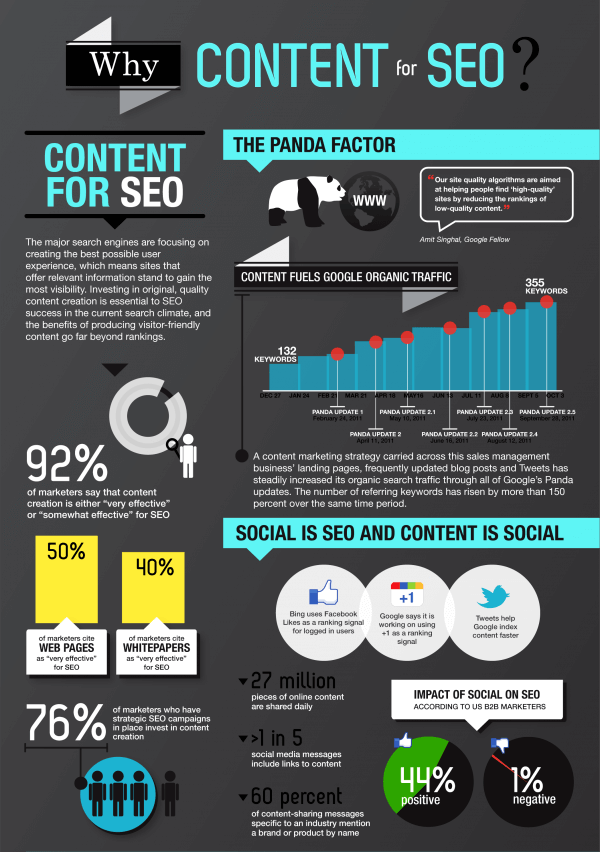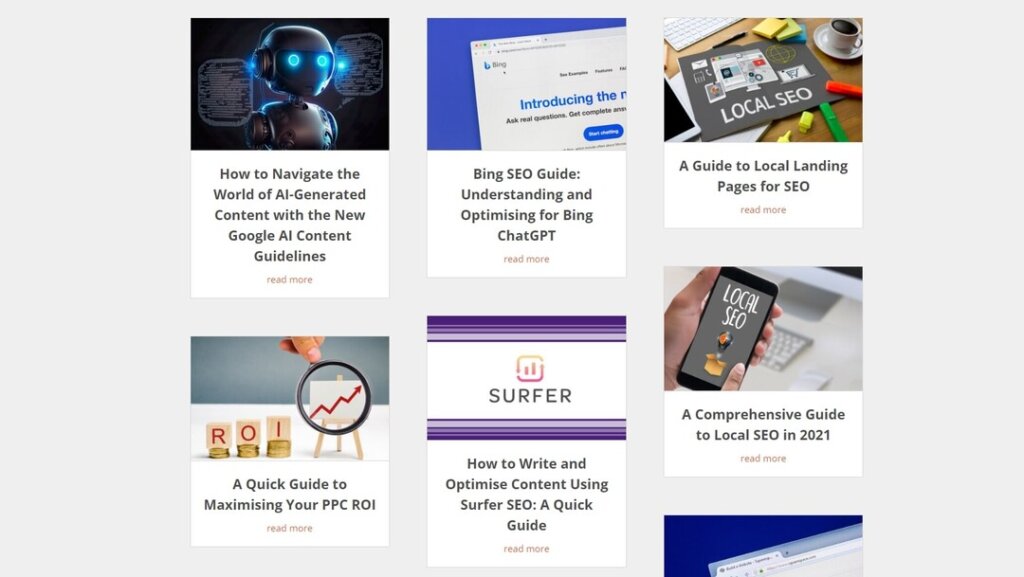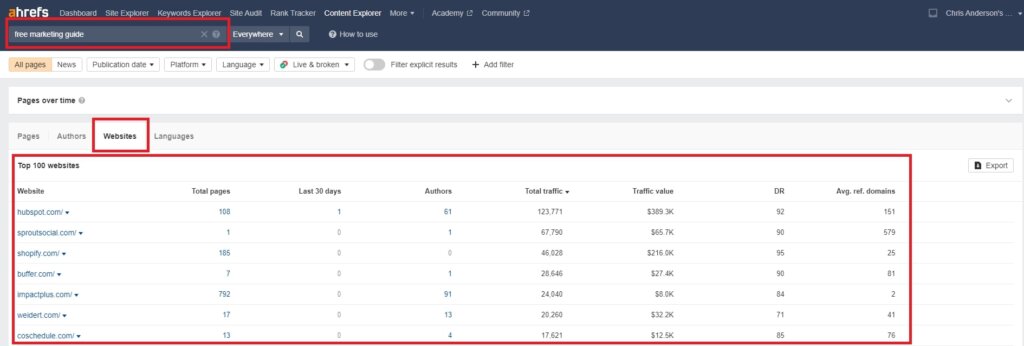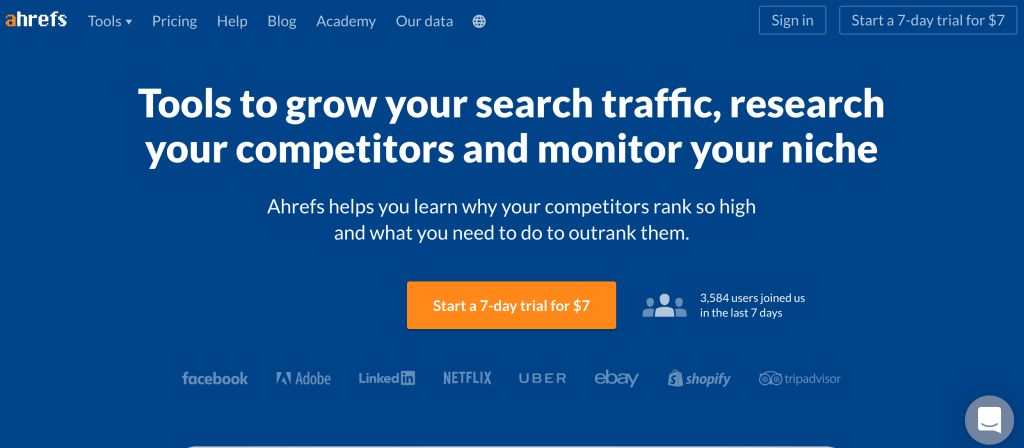How to Use Infographics to Obtain More Backlinks
Quality backlinks are a vital element of search engine optimisation. One reason for this is that Google uses them as a key ranking factor. When websites link to you, it shows the search giant that your site is a reliable source of relevant and useful content. This allows you to establish yourself as an expert in your field.
An effective way to obtain quality backlinks from tons of sites is by creating infographics. Because humans are visual learners by nature, we are more drawn to pictures than text. Also, we learn faster when there are pictures. Since infographics combine short text with beautiful images, they enable you to educate your audience while keeping them engaged.

From an SEO perspective, infographics are an excellent tool for obtaining backlinks and generating traffic because they are highly shareable. Because infographics are easily digestible and can be used in any platform, people are three times more likely to share them than any visual content.
Steps to Generating Backlinks with Infographics
If you’re interested in creating infographics for SEO and link building purposes, here are the steps you should follow to obtain the best results possible:
1. Choose your content carefully
When creating an infographic, ensure that it has substance and valuable information, not just beautiful images. Keep in mind that the more valuable your infographic is, the more likely people will share it or link to it. As such, you should carefully choose your content.
Content with statistics often gets shared the most. Therefore, consider doing a study or research about your niche/industry and then present the data you have obtained in an infographic. Don’t have the time to conduct a study or survey? Don’t fret. You can always create a compilation of various statistics and data and use it instead. Another alternative is to create a quick guide about a topic that might interest your audience.
2. Decide where to post your content
After creating your content, the next step to using infographics for SEO is to determine where you should post it. Your site is a great place to start. Just make sure that the image loads quickly since page loading speed is a vital search ranking factor. It would also help to upload it on other sites, such as Pinterest and Infographic Journal, as it gives the infographic more exposure.
3. Try to get your infographic posted on websites similar to yours
Apart from infographic directories, consider posting your infographic on sites similar to yours. By reaching out to people who are in the same niche or industry, you can find new members of your target audience.
Ahrefs.com is a very convenient tool for finding other websites where you can potentially publish your infographic. Type in a keyword into the “Content Explorer” section, and it will return with dozens of webpages that contain that keyword. Then, identify the relevant websites that accept infographic submissions.
4. Do an email outreach program
After listing down the websites where you can potentially publish your content, the next course of action is to contact the people responsible for their content. It could be the content manager, editor, or marketing chief.
Conduct an email outreach programme to pique their interest. You can either send the emails manually or use automated email tools. However, keep in mind that each method has its pros and cons. Manually sending emails can be time-consuming, but it allows you to customise each email you send. On the other hand, using an automated mailing tool like Buzzstream enables you to send a lot of emails in less time. Unfortunately, all your emails will be the same.

Regardless of your chosen method, ensure that your email is optimised for mobile. It is because many people these days view their emails on their mobile devices. Also, it’s best to use a shorter subject line since people are more likely to open emails with shorter subject lines. Finally, don’t forget to close your email with a call to action so your recipient will know what to do.
5. Promote your infographic
The last step to creating infographics for SEO is to spread the word about your content. Use social media to encourage people to see your infographic. By promoting your content, you can attract more views, generate more traffic, and obtain more backlinks for your website.
Conclusion
If you’re looking for new ways to improve your SEO game, you should consider adding infographics to your content arsenal. They are a great help at obtaining quality backlinks for your site. At the same time, they allow you to provide your audience with valuable and useful content.
At Springhill Marketing, we can provide you with SEO solutions that can help you obtain quality backlinks and more traffic for your website. Contact us today to get the expert assistance you need.
Drive Your Business Towards The Best Results.
Talk to us about how we can help.















